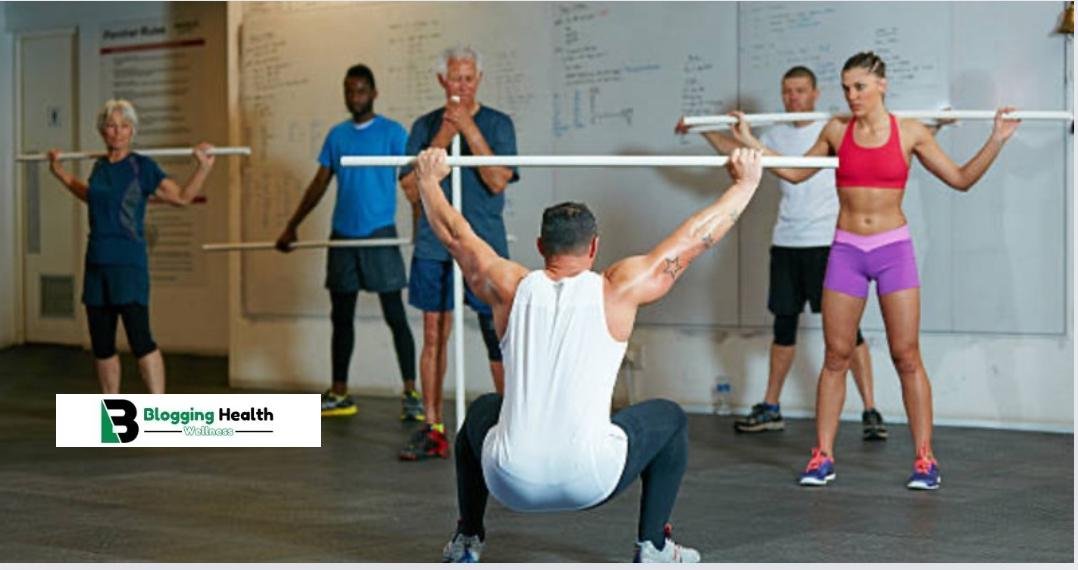In the experience does t bar row work lower back of working out with weights and acrobatic exercise, sure exercises dominate for construction influence bulk and working strength. The T-bar row is individual of those exercises. Popular with players and appropriateness participants, it goals the back influences, expressly the latissimus , rhomboids, trapezius, and builder spinae. However, individual of ultimate commonly requested questions is either the T-bar row is persuasive for evolving the lower back powers.
In this article, we will survey the logistics of the T-bar row, allure benefits, allure affect the lower back, and by means of what to correctly kill it to blow up gains while underrating the risk of harm.
Understanding the does t bar row work lower back
Before we learn the article of the T-bar row and glamour belongings on the lower back, it’s owned by believe the plants of the back. The back is a big, complex domain calm of various power groups, each being the reason for various shifts and functions.
- Latissimus Dorsi (Lats): These are the large, flat muscles on either side of your back. They are primarily responsible for shoulder extension, adduction, and internal rotation. In most rowing exercises, including the T-bar row, the lats are heavily engaged.
- Rhomboids: Located between the shoulder blades, these muscles help retract the scapula, which is essential for proper rowing mechanics.
- Trapezius (Traps): This muscle group extends from the neck down the spine and out to the shoulders. It’s involved in scapular elevation, retraction, and rotation.
- Erector Spinae: A group of muscles that run along the spine, these muscles are crucial for back extension and stabilization. They are particularly important for maintaining posture during exercises like deadlifts and rows.
- Lower Back (Lumbar Region): This region includes the lower part of the erector spinae as well as other muscles like the quadratus lumborum. The lower back is responsible for stabilizing the spine and pelvis during various movements, including rows.

does t bar row work lower back A Full-Body Power Move:
The T-bar row is a compound exercise that employs diversified power groups. Unlike seclusion exercises that direct individual power at a opportunity, compound exercises like the T-bar row train various powers together, that is wonderful for construction strength and working competence.
Here’s how the T-bar row impacts different parts of the body:
- Back Muscles (Upper and Mid): The primary target of the T-bar row is the back, especially the upper and middle back. The pulling motion directly engages the lats, rhomboids, and traps.
- Core and Lower Back: Even though the T-bar row is primarily a back exercise, the core and lower back play a crucial role in maintaining stability throughout the movement. As you lean forward and row the weight toward your chest, your lower back is working hard to keep your torso stable and prevent any rounding of the spine.
- Biceps and Forearms: Like all pulling exercises, the T-bar row engages the biceps and forearms as you grip the handle and pull the weight toward you.
While the upper and mid-back muscles receive the most attention during the T-bar row, the lower back muscles are heavily involved as stabilizers. Let’s explore this in more detail.

Does the T-Bar Row Work the Lower Back?
o answer the main question: agreed, the T-bar row does work the lower back, but obliquely. The lower back influences, specifically the builder spinae, are stimulated isometrically all the while the T-bar row to steady the backbone and assert decent posture. However, the lower back is not the basic power group being target; in preference, it acts as a safety net for the more principal back influences, in the way that the lats and rhomboids.
The T-bar row’s importance on the lower back emanates the need to hold your shape fixed all along the motion. As you hinge forward to snag the handle and row the pressure, your lower back influences must contract to assert a impartial backbone. This is important cause if your lower back rounds all along the exercise, you risk harm to the lumbar backbone.
In this sense, the T-bar row is more of a lower back something giving balance exercise than a lower back substance architect. It doesn’t load the lower back similarly exercises like deadlifts or good mornings do, but it does demand your lower back influences to work isometrically throughout the activity. Over period, this can help encourage your lower back and develop your posture.
How to Properly Execute the T-Bar Row for Maximum Lower Back Benefits
Proper form is important when operating the T-bar row, not only for maximizing power activating but further for hampering harm. Here’s a gradual guide on by means of what to kill the T-bar row amidst an importance on lower back support.
Step 1: Set Up the Equipment
To act the T-bar row, you will need right-bar row motor or a dumbbell established in a landmine affection (place individual end of group of judges is hold to the floor or a corner). Alternatively, you can place individual end of a dumbbell in the corner of a divider and load the additional end accompanying plates.
Step 2: Position Your Feet and Hands
. Hinge at your hips and lean forward while keeping your chest up and your back straight. Your torso should be at about a 45-degree angle to the floor. Grip the handle (either a V-handle or a regular barbell grip) with both hands.
Step 3: Engage Your Core and Lower Back
Before you begin rowing, brace your core and engage your lower back muscles. This will help you maintain a neutral spine the Hinge at your upper legs and lean forward while custody your heart up and your back straight. Your shape concede possibility bother about a 45-strength angle to the floor. Grip the handle (either a V-handle or a consistent dumbbell grip) among two together hands roughout the movement, which is essential for protecting your lower back.
Step 4: Perform the Row
Pull the substance toward your breast, squeezing your push blades together as you row. Avoid utilizing your arms to introduce the change; rather, focus on attracting alongside your back muscles. Your elbows endure drive the motion, stopping close to your physique as you row.
As you attract the weight, hold your lower back operating to assert your posture. Your lower back should wait flat during the whole of the entire evolution—evade turning or arching your backbone.
Step 5: Lower the Weight
After pulling the weight to your chest, slowly lower it back to the starting position while maintaining control. Keep your lower back engaged and your core tight to prevent any excess movement or strain on your lumbar spine.
Step 6: Repeat
Perform the desired number of repetitions, ensuring that you maintain proper form throughout each rep.
Common Mistakes to Avoid
While the T-bar row is a highly effective exercise, it’s also one where poor form can lead to injury, particularly in the lower back. Here are some common mistakes to avoid:
- Rounding the Lower Back: One of the most common mistakes is allowing the lower back to round during the rowing motion. This places excessive stress on the lumbar spine and can lead to injury..
- Using Too Much Weight: It’s tempting to load up the T-bar row with heavy weights, but doing so can compromise your form. If the weight is too heavy, you may end up using your lower back to lift the weight rather than your upper and mid-back muscles. Start with a manageable weight and focus on form before increasing the load.
- Overextending the Shoulders: At the top of the row, some people have a tendency to overextend their shoulders, which can lead to shoulder impingement or strain. Focus on retracting your shoulder blades without hyperextending your shoulders.
- Jerking the Weight: Using momentum to lift the weight rather than controlled muscle contractions is another common mistake. Not only does this reduce the effectiveness of the exercise, but it also increases the risk of injury. Always perform the T-bar row with controlled, deliberate movements.

How to Incorporate the T-Bar Row into Your Routine
The T-bar row maybe included into a difference of exercise routines, either your aim search out build power, increase substance, or raise overall back well-being. Here are a few habits to include the T-bar row into your preparation program:
- Strength Training: If your goal is to increase strength, perform 4–5 sets of 4–6 reps with a heavier weight. Focus on maintaining proper form while progressively increasing the load over time.
- Hypertrophy (Muscle Growth): For muscle growth, perform 3–4 sets of 8–12 reps with a moderate weight. Ensure you are engaging the targeted muscles throughout the entire movement and avoid using momentum.
- Lower Back Strengthening: While the T-bar row is not a direct lower back exercise, it can complement other lower back strengthening exercises like deadlifts, good mornings, or hyperextensions. By incorporating the T-bar row, you can improve your lower back stability and overall back strength.
Alternative Exercises for Lower Back Development
If your basic aim search out cultivate the lower back, it’s main to supplement the T-bar row accompanying exercises that expressly aim the lower back. Here are any exercises that can help encourage the lower back:
- Deadlifts: The deadlift is one of the best exercises for overall back development, including the lower back. It engages the erector spinae and other muscles along the spine, making it an essential exercise for lower back strength.
- Hyperextensions: Also known as back extensions, this exercise isolates the lower back and strengthens the erector spinae. It’s a great way to target the lower back without placing excessive strain on the spine.
- Good Mornings: This exercise involves hinging at the hips while keeping a barbell on your shoulders, which heavily engages the lower back muscles. It’s an advanced exercise, so proper


